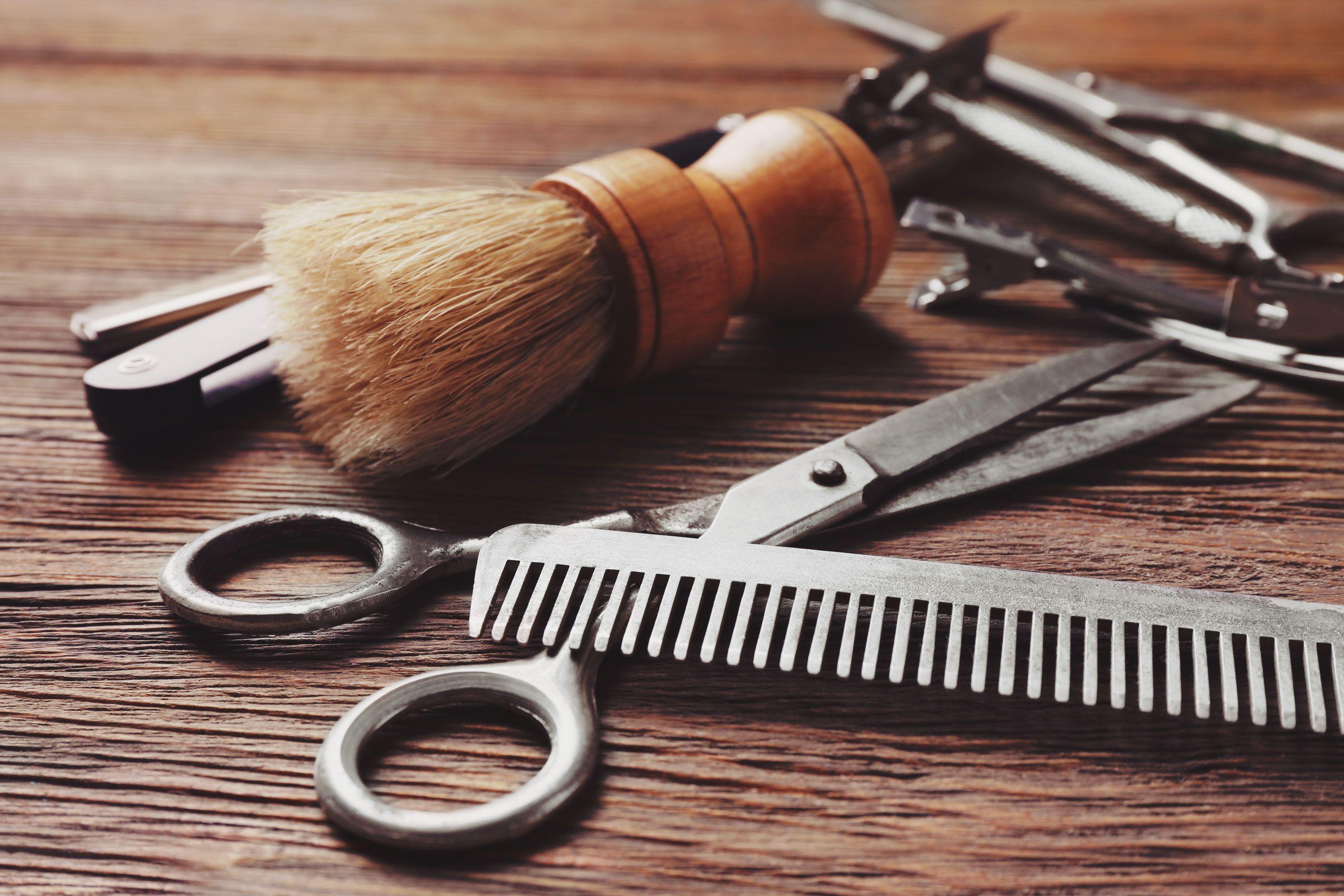Men’s Grooming Products Market Witnesses Strong Demand Across Skincare Haircare and Fragrance Segments

The men’s grooming products market has experienced a remarkable transformation over the past decade. No longer limited to basic hygiene products such as razors and deodorants, today’s male consumers demand a wide range of personal care items tailored to their specific needs. The modern man is increasingly aware of his appearance, grooming routines, and skin health, leading to substantial market expansion and diversification. This analysis explores the current landscape, key drivers, challenges, and future trends shaping the men’s grooming products market.
Market Overview
The global men’s grooming products market was valued at approximately USD 55 billion in 2023 and is expected to reach over USD 75 billion by 2030, growing at a compound annual growth rate (CAGR) of around 5%. The market encompasses a wide array of product categories including skincare, haircare, shaving products, fragrances, and beard grooming essentials. The growing acceptance of self-care among men, coupled with increasing disposable incomes and exposure to global trends via digital media, has played a significant role in this upward trajectory.
Key Market Drivers
1. Changing Societal Norms and Male Beauty Standards:
Cultural shifts have normalized grooming as an essential part of daily routines for men. Younger generations, especially Gen Z and millennials, are more open to skincare routines, hair styling products, and even cosmetics. Male influencers and celebrities openly endorsing grooming products further reinforce this trend.
2. Rising Demand for Natural and Organic Products:
There is a clear movement towards eco-friendly, organic, and clean-label grooming products. Men are becoming more conscious of product ingredients, avoiding harmful chemicals in favor of plant-based or dermatologist-tested formulations.
3. E-commerce and Digital Engagement:
Online retail channels have revolutionized how men shop for grooming products. E-commerce provides a convenient, discreet, and informative shopping experience. Subscription services and digital marketing, including influencer campaigns and social media promotions, have made grooming products more accessible and appealing to a broader audience.
4. Technological Advancements in Product Innovation:
Innovations in grooming technologies and formulations have led to products tailored for specific skin types, hair textures, and aesthetic preferences. Brands now offer multifunctional grooming solutions, such as all-in-one cleansers, tinted moisturizers, and anti-aging serums designed for men.
Market Segmentation
Product Type:
The market can be segmented into skincare, haircare, fragrances, and shaving products. Skincare has witnessed the highest growth, particularly in facial cleansers, moisturizers, sunscreens, and anti-aging products.
Distribution Channel:
Retail stores, pharmacies, supermarkets, and e-commerce platforms are the primary distribution channels. While offline channels still dominate in terms of revenue, the online segment is growing rapidly due to its convenience and wider product assortment.
Geographical Insights:
North America and Europe hold significant market shares, attributed to higher consumer awareness and established grooming routines. However, Asia-Pacific is emerging as the fastest-growing region, driven by rising urbanization, a growing middle class, and increased western influence in countries like India, China, and South Korea.
Challenges in the Market
Despite the impressive growth, several challenges remain:
-
Stigma in Traditional Markets: In some cultures, grooming is still considered feminine, which can deter male consumers from adopting certain products.
-
High Competition and Market Saturation: With an influx of new entrants and established brands expanding their portfolios, standing out in the crowded market is increasingly difficult.
-
Price Sensitivity: Premium grooming products face resistance in price-sensitive regions, limiting their growth potential.
Emerging Trends
1. Personalization and AI-driven Solutions:
Brands are leveraging artificial intelligence to offer personalized grooming regimens based on skin type, weather, and lifestyle. Online quizzes, virtual consultations, and skin scanners are becoming common tools for product recommendations.
2. Male Cosmetics and Makeup:
Though still a niche, male cosmetics such as BB creams, concealers, and lip balms are gaining traction. This trend is especially visible in East Asian markets and among younger Western consumers.
3. Sustainability Initiatives:
Brands are focusing on sustainable packaging, cruelty-free certifications, and carbon-neutral operations to appeal to environmentally conscious consumers.
4. Premiumization:
Consumers are willing to spend more on high-quality, niche, and luxury grooming products. Premium beard oils, designer colognes, and advanced skincare kits are capturing significant market share.
Conclusion
The men’s grooming products market is poised for sustained growth driven by evolving consumer behaviors, innovation, and expanding product lines. While competition and cultural barriers present ongoing challenges, the market offers ample opportunities for brands to thrive through differentiation, digital strategy, and responsiveness to changing male preferences. As grooming becomes an integral part of the modern male lifestyle, brands that adapt and innovate will continue to gain momentum in this dynamic landscape.
- Art
- Causes
- Crafts
- Dance
- Drinks
- Film
- Fitness
- Food
- Games
- Gardening
- Health
- Home
- Literature
- Music
- Networking
- Other
- Party
- Religion
- Shopping
- Sports
- Theater
- Wellness


